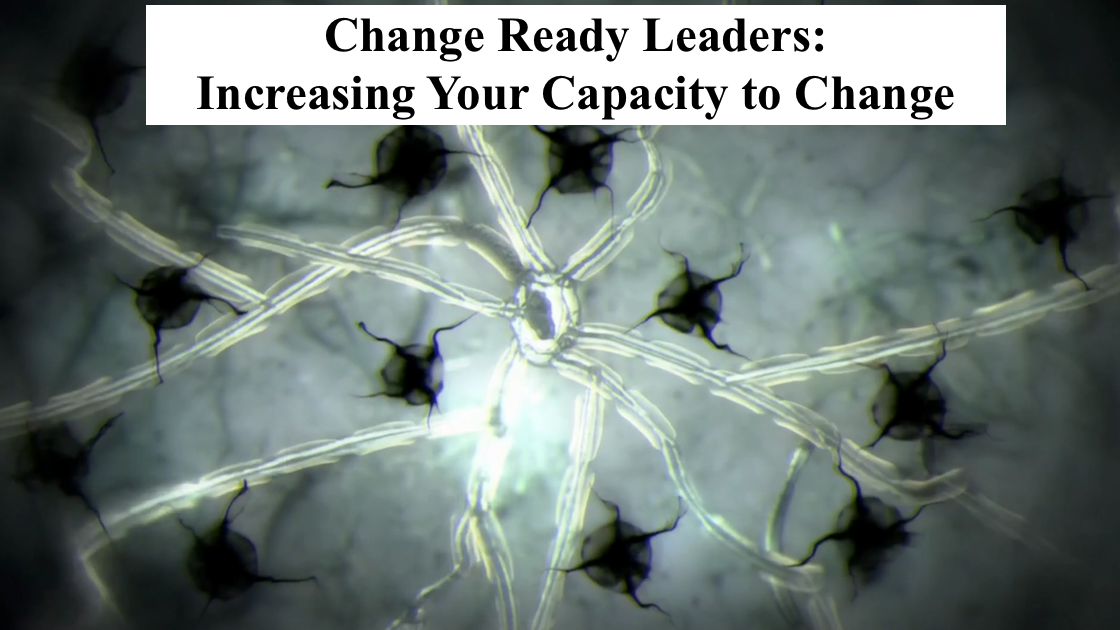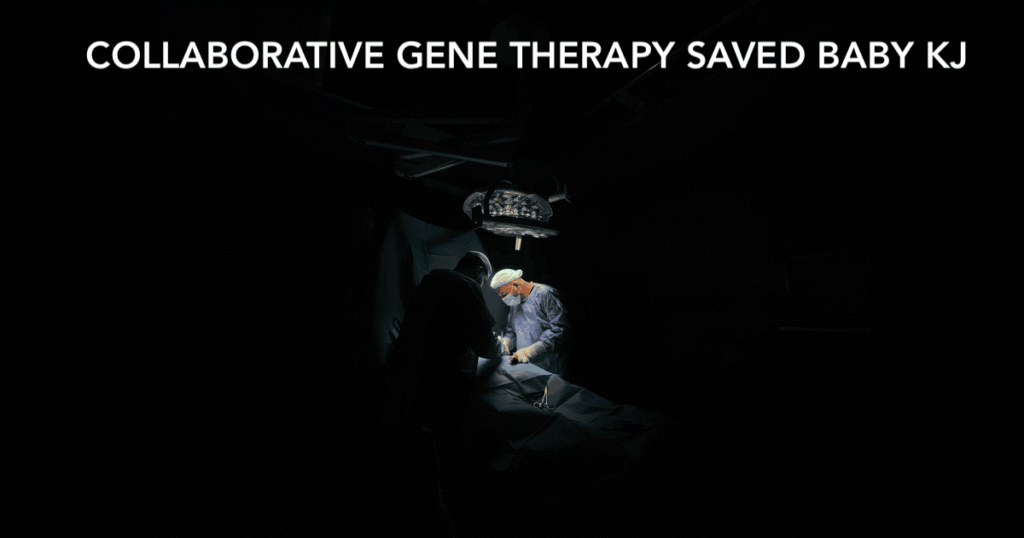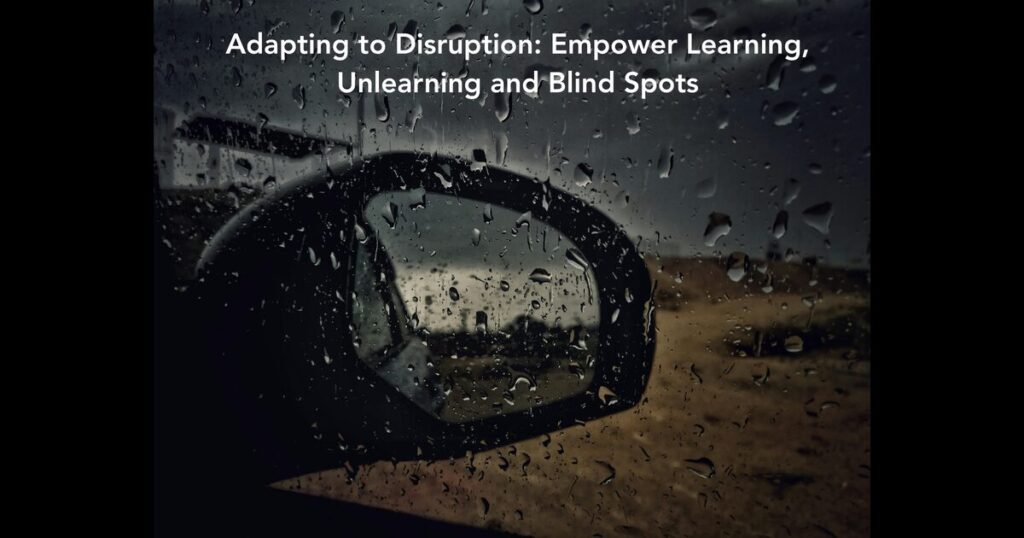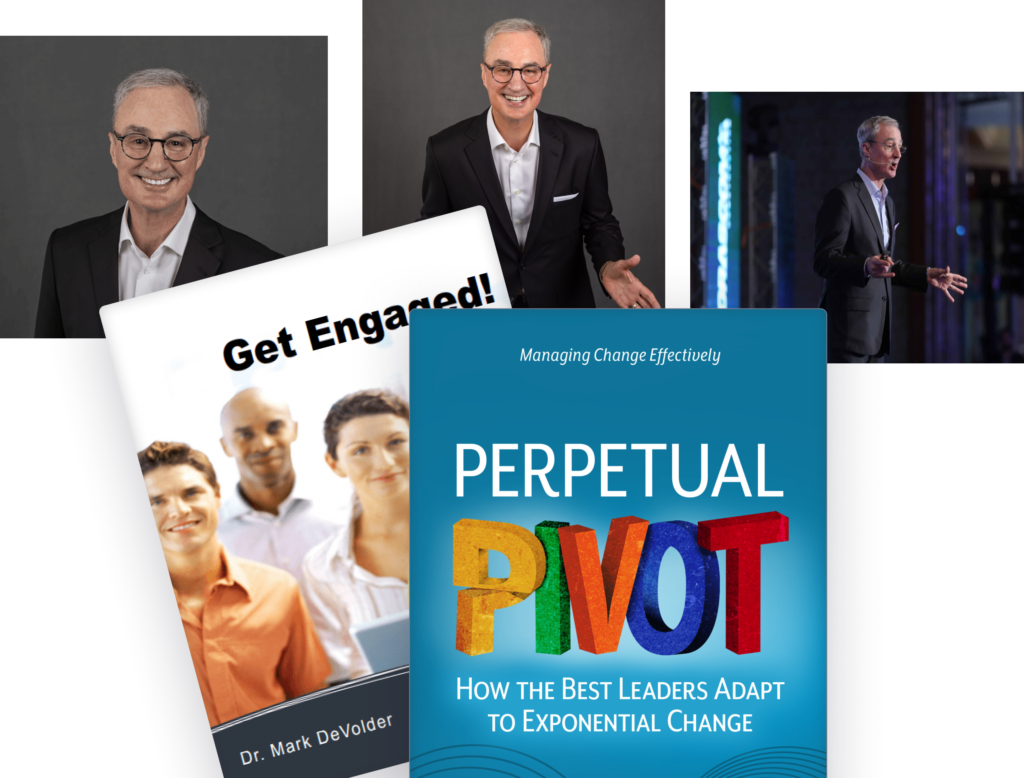As a change management specialist for nearly 25 years and working with industry-leading companies on five continents, I can tell you that the most successful leaders have learned to adapt to change. I describe people like this as Change Ready Leaders. The term change-ready is used widely today, but in my experience, it’s sometimes used to describe people who are anything but change ready. They might be more accurately described as Change-Maybe or Change-Perhaps or Change-if I have to.
In contrast, let’s look at what it means to be change ready. As Dr. Robyne Hanley Dafoe writes, “Change-Readiness is a state of being prepared and willing. We cannot be ready for change if we have not taken measures ahead of time to prepare ourselves for disruption and change. Similarly, at the intellectual and emotional level, we have already decided that we WILL change. Hanley Dafoe clarifies, If we are prepared, but not willing, we are not change ready. “If we are willing, but not prepared, we are also not ready for what lies ahead.”
But there’s another element that’s missing. What if you’re prepared and willing, but too exhausted to respond? Change Fatigue or Change Saturation is affecting many leaders, employees and companies. The rate and pace of exponential change is pushing scores of people to the point to the breaking point. They may be prepared and willing, but many feel like they don’t anything left to give. They’ve run out of gas.
One way to become change ready is to implement self-care strategies that increase our capacity to handle change. I had a lesson in capacity recently when I was filling up my car at the gas station. While putting the nozzle to the tank, I heard a voice say, “How much does it cost you to fill up?” Looking up, I saw a truckdriver who was filling up the gas tank of his 18 wheeler. I laughed and said, “probably a lot less than you!” After putting in nearly 13 gallons, I asked about his gas tank. He replied, “This tank holds 125 gallons and so does the tank on the other side. Today, I only need to fill to fill up this side.” Even though a trip to the gas station would be expensive for him, It stuck me that capacity would never a problem for this trucker.
What about you? Do you know how to increase the volume of your capacity to become more change ready? One way is to become more elastic in your thinking by increasing your brain’s neuroplasticity.
Neuroplasticity is the brain’s ability to grow and adapt. “Neuroplasticity, also known as brain plasticity, is the ability of neural networks in the brain to change through growth and reorganization.” New neural connections are formed during the process of learning new knowledge and skills. Anyone who’s learned to ride a bike, drive a car or speak a second language, has experienced neuroplasticity. When the brain forms new neural connections, the skill becomes easy and is accomplished without much effort or concentration.
The same principles apply when increasing our brain’s elasticity. As we know from experience, the older we are, the more difficult it becomes to change, adapt and learn. Young children learn easily because their brains are growing and forming neural connections with little effort. That is not the case for adults; the adult brain will only form new neural pathways if forced to through repetition, focus and effort. The bottom line is this: if we want to be change ready, we must become more elastic in our thinking.
Dr. Leonard Mladinow is an expert in neuroplasticity and believes that are many ways that people can develop their elastic thinking. Here are three strategies to stretch, grow and improve your elasticity.
#1. Dwell on One of Your Mistakes.
Mladinow says that when we’re wrong, we often like to forget the bad experience. We push it out of our minds and prefer to think about our successes. But it’s our failures that provide the greatest opportunities for learning, change and adaptation. Dr. Mladinow instructs us to reflect on our mistakes. Think hard about it and analyse what happened. Ask yourself what you could do differently next time to achieve a better outcome.
Another benefit from this difficult exercise is that that it reminds you that “you’re not always right.” The belief that “I am right” is a huge barrier to elastic thinking and being change ready. George Bernard Shaw said, “Those who cannot change opinions, cannot change anything.” This exercise will help free you of that.
#2 Talk to Strangers
As children our parents often told us, “don’t talk to strangers.” The second strategy encourages us to break the rules; Do Talk to Strangers! The idea is to talk to people who are very from you. For instance, you could introduce yourself to a teenager, talk to a homeless person or get to know a newcomer to your community. Here’s the goal of this exercise: try to understand how they think. Most people surround themselves with friends and colleagues who are similar in opinions and beliefs. By talking to “strangers” we expose ourselves to the way that others think, which will help to broaden our perspective.
#3 Try New Foods
The last strategy can be a fun one, but that doesn’t mean it’s easy. The idea is to push yourself to experience something you wouldn’t normally choose. For instance, go to a restaurant that you’ve never been to before. In fact, choose a place that serves a cuisine you’ve never tried or even better, one that you don’t think you’d like. If that’s too difficult for you, then try this. Ask the server to recommend the least popular dish on the menu.
The common thread in each of these strategies is that you are intentionally exploring new ways of thinking; You’re choosing to have new experiences rather than hanging on a comfortable routine; you’re increasing your own self-awareness by confronting myopic thinking. Research shows that practical exercises like these that help in many ways: increasing creativity, imagination and capacity to change. In addition, they broaden your thinking and increasing synergistic protentional, as well adapting more easily and quickly to change.
The world is changing faster than ever before. And that requires a new kind of leader… Change Ready Leaders. The stakes have never been higher. The competition has never been tougher. The pressure to change has never been more necessary. Seize the day! Become Change Ready: prepared, willing and with the capacity to change.
For more information on becoming Change Ready, check out Mark DeVolder’s new book Perpetual Pivot: How the Best Leaders Adapt to Exponential Change. He provides valuable insights, answers and solutions about change, transition, leadership, engagement and teamwork.





